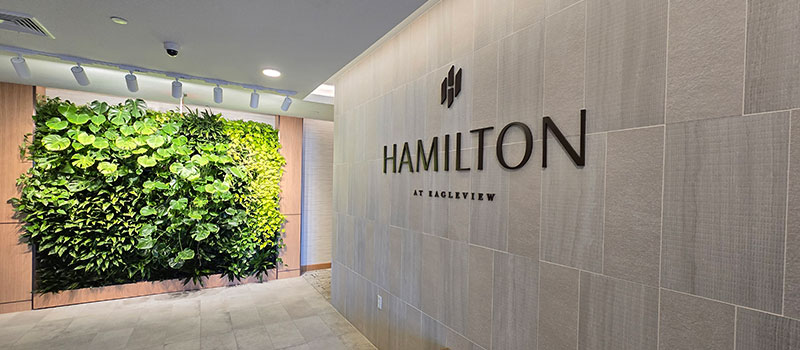Strategy 4: Incentives through the Conditional Use Process
What is a Conditional Use?
Conditional uses are those that are allowed by-right in a particular zoning district, but which must go through an additional vetting process by the municipal planning commission and elected officials to ensure certain stated requirements are met prior to receiving approval for the use. Section 605.c.5 of the MPC requires "provisions for each class of uses within a district to be uniform, except that additional classifications may be made within any district for the purpose of encouraging innovation and the promotion of flexibility, economy, and ingenuity in development… and for the purpose of authorizing increases in the permissible density of population or intensity of a particular use based upon expressed standards and criteria set forth in the zoning ordinance." Such expressed standards could include energy efficiency standards, green building standards, and/or including renewable energy. Additional classifications could include energy efficiency districts wherein these expressed standards would apply.
Using Conditional Use to Incentivize Energy Efficient, Electrified and Renewably-Powered Buildings
Ordinance Examples — Conditional Use
Narberth Borough incorporates energy efficiency requirements into their conditional use process that applies to apartment buildings, most uses in their 4a District, and uses in "civic institutional" buildings.
Also in Narberth Borough if a property owners wants to develop a new or substantially improved portion of an Accessory Dwelling Unit (ADU) through a conditional use application, it is a required condition that the ADU be constructed pursuant to the standards of the most current version of the International Energy Conservation Code (IECC), regardless of whether such version of the IECC has been adopted in the Pennsylvania Construction Code.
Municipalities can encourage high performing and net-zero buildings through incentivizing certain design standards in their zoning and subdivision ordinances. Not only are these high-performing buildings typically more attractive to tenants and buyers due to their lower cost to operate, but they can also have a higher degree of indoor comfort and indoor air quality depending on the design standards used. Providing land use-related bonuses for energy efficiency measures is a widely accepted practice throughout the region and nationwide but creating the appropriate bonuses can be difficult.
Use incentives: allowing a use that is otherwise not permitted within the zoning district as long as the use includes the incentivized design feature(s).
- Conditional Use, Option 1: allowing projects by-right that propose the incentivized design feature(s), and those that do not must go through conditional use process. For example, mixed use buildings designed to LEED standards might be permitted by right, and those built to the minimum standards of the building code might be a conditional use.
- Conditional Use, Option 2: include the desired design feature(s) as one or more conditions that must be met to receive conditional use approval for a particular use in a district. Examples of potential conditions could include:
- meeting above-code standards for energy efficiency and building envelope
- requiring building to a certain green building standard (LEED, Energy Star, Passive House, etc.)
- requiring electrification of all systems
- requiring the inclusion of renewable energy
- meeting above-code standards for energy efficiency and building envelope


